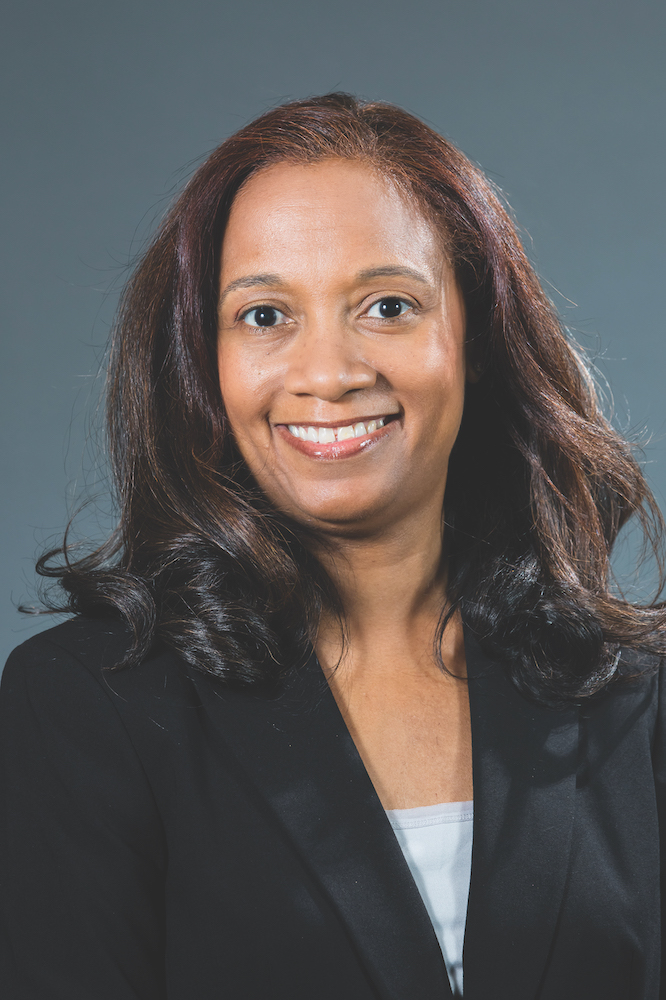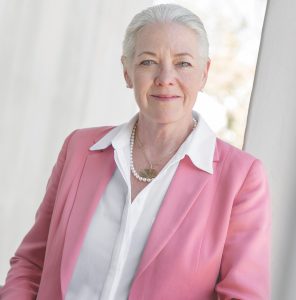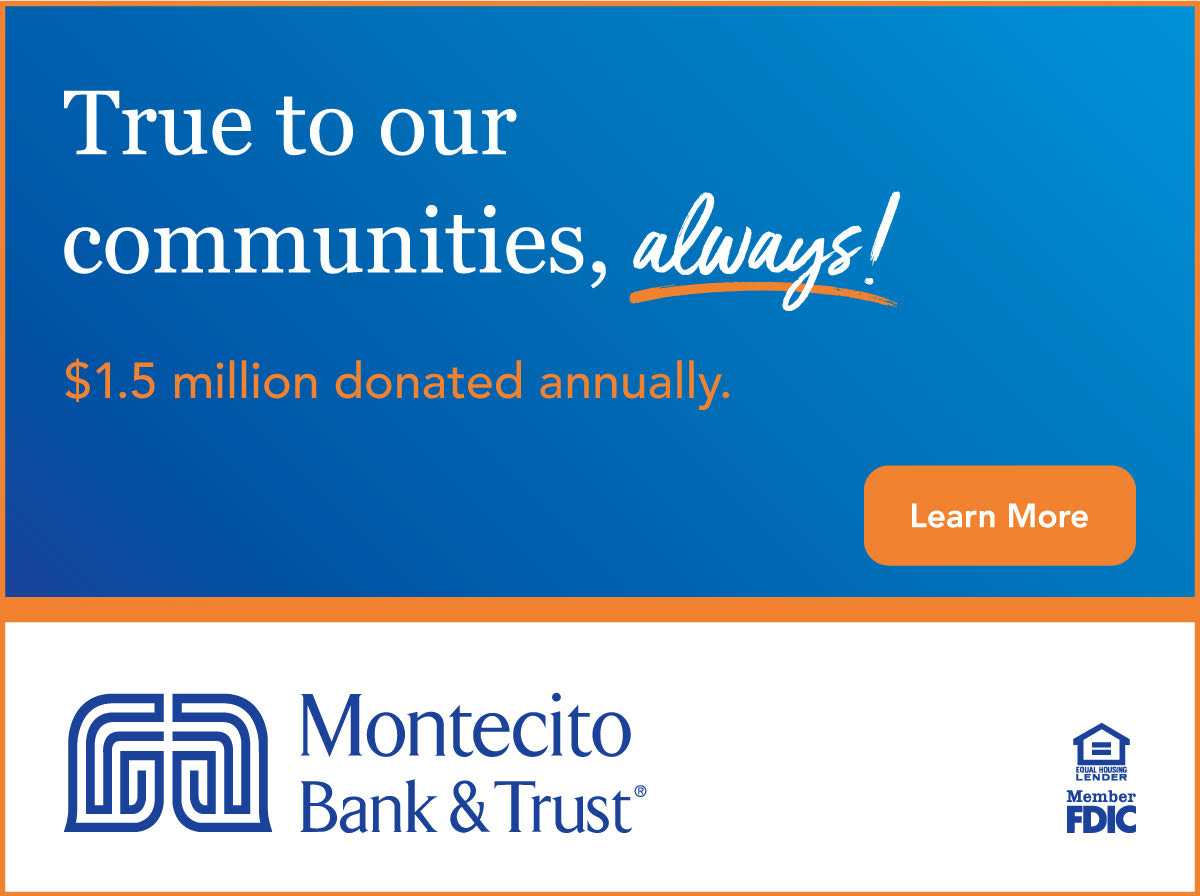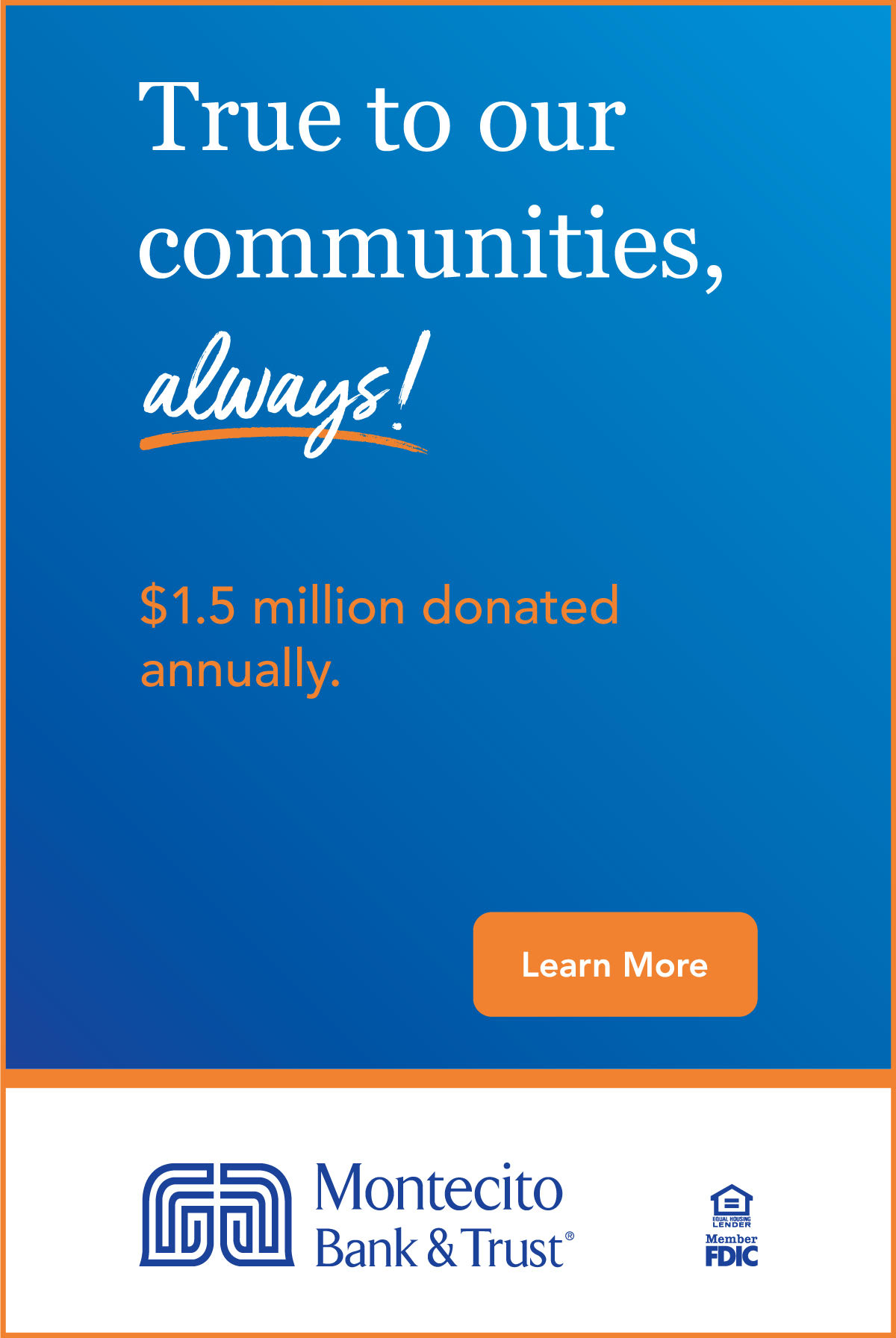Fulfilling Philanthropic Journeys

Tammy Johnson, Santa Barbara Foundation’s Vice President of Philanthropic Services since April of 2022, didn’t set out to work in philanthropy. The daughter of a 35-year Southern California Gas Company employee, Johnson grew up in La Puente in the San Gabriel Valley, attending the public school system through high school. It was there that a guidance counselor pointed her toward what she thought might be her career.
“He encouraged me to think about journalism because I was a school leader always doing the announcements over the PA, and I was a pretty strong writer,” Johnson recalls. “But I was still very shy, so I thought I’d give print journalism a try.”
Johnson studied journalism at USC, and then landed a coveted internship at the Los Angeles Times in the Calendar section. But at the end of the summer, an editor whose wife worked at the Los Angeles Unified School District recruited her to “switch teams” and become a public information officer at the huge organization.
“Talk about trial by fire!” Johnson says. “The school district was dealing with lots of issues at the time, including violent incidents on campus. Many school children were facing poverty, and the consequences were showing up in the classroom. I quickly became much more aware of the needs of the community in a broader sense.”
It wasn’t long before Johnson went to work in the office of legendary Mayor Tom Bradley as public information director for a nonprofit organization called LA’s BEST, which at the time was a new after-school enrichment program for children that provided safe spaces, as well as supervision, educational support, and recreational activities. “I was part of the initial team to get it established at 10 elementary schools,” Johnson says. “Now it’s in 200 elementary schools in the district and has become a community institution. I’m very proud of that work.”
After eight years, Johnson was recruited by Mayor Richard Riordan’s private foundation, where she managed and processed all grant-making to nonprofit organizations, her first experience on that side of the philanthropy space. Then came a left turn out of the nonprofit world, a decade devoted to an entirely different direction: raising a family and working in the commercial real estate world.
“I wanted to learn about how people build wealth over time through real estate,” she explains. “Getting my license and working with apartment owners gave me a little window into how individuals become philanthropic because they can convert assets into charitable dollars. Having that first-hand experience really helped me when I returned to this side of the table.”
Reentering the philanthropic world in April of 2012, Johnson joined California Community Foundation, eventually becoming director of donor relations at the massive L.A.-based organization whose assets exceed $2.3 billion. There, she led the team responsible for stewarding relationships with individual, family, and corporate donors. Recruited to the Santa Barbara Foundation (SBF) in April of 2022, Johnson now provides overall leadership and management for SBF’s development, donor relations, and communications teams.
Q: How does your journalism background support you in your philanthropic work?
A: As a journalist, it was about understanding the issues and sharing the stories to inspire action. That really translates to philanthropy because it’s the same thing: spotlighting specific issues, telling stories about them to raise awareness and generate support. And even though I didn’t stay in the field very long, that core skill, being able to distill information in a very concise manner on deadline, has served me in everything that I do. Communication is the heart of it. Being able to express an idea through storytelling is critical.
I just love the service model of a community foundation because of the people that you get to meet and the issues that you get to work on. With every donor, your job is to discover their interests, their nonprofits, their vision for the community and how they want to have impact. It’s a bit like reporting. Through them, I’ve learned so much about important matters: the environment, animal welfare, health, education, and housing.
Every day, we deal with very complex issues. How do you address housing affordability? How do you eradicate homelessness? What are the root causes? These are very wicked problems and we’re distilling them in ways that make them something you can start to tackle. Bringing a problem down to earth is important, as is connecting the people and the players who are either impacted by it or are trying to address it. It’s inspiring for donors because it gives them tangible ways to plug in and address these issues here in their own backyard that otherwise seem insurmountable.
After a lifetime in L.A., what made you move up here and join the Santa Barbara Foundation?
Santa Barbara was always the place where we spent vacation time, our anniversaries, birthdays, and holidays. I would drive up a couple of times a year to visit my California Community Foundation donors who live here, who had made their wealth in L.A. County and either had a second home or had retired to Montecito or Santa Barbara. So I had a lot of connections even before this opportunity presented itself. At SBF, my role includes overseeing philanthropic services, development, donor relations, and communications – all of which are part of my work history. I’m so excited to be helping the foundation prepare for the next chapter.
Did you bring some of your L.A. donors along with you?
I was able to maintain relationships with the ones who live here, so that they could continue to give in Los Angeles, while I introduced them to opportunities here in Santa Barbara. At a community foundation, we encourage individuals to connect to their local giving opportunities. That is what makes it really work.
You have the unique perspective of having spent a decade at a community foundation in Los Angeles. Obviously Santa Barbara is a much smaller community. How do things compare in the communities and the organizations?
My immediate observation has been that this community is very philanthropic and very close-knit because it is so much smaller. So the opportunity to connect with the nonprofits and the donors who support them is far greater here. I have had the privilege of attending many wonderful nonprofits’ events here in the last year and a half, meeting the donors and the leaders. You see a lot of the same faces at various events because people are very involved. I feel much closer to the community here than L.A., because the relationships here are more tight-knit and personal, partly because there are far fewer organizations serving any particular issue. So you can really get to know the leadership of all of them. The entire philanthropic community here has just been so warm and welcoming.
Are the issues different here?
People everywhere have the same problems and concerns, and nonprofits address those. It’s really more a matter of scale. Except perhaps in the area of affordable housing. L.A. has a bigger homeless population, but affordability is a bigger problem here because it’s such a desirable place to live and such a small area. Our essential workers, our teachers, our healthcare workers, our service industry people – so many of them simply can’t afford to live in town. Nonprofits are having serious trouble attracting and retaining staff for that reason, too. There are over 30,000 people who drive every day to South County to get to work. That’s a lot of lost productivity and it has a huge impact on our environment, so we really need to give folks who work here and make our community thrive an opportunity to actually live here.
We recently released a report that recommends specific philanthropic solutions to the housing-affordability crisis here. One of the main recommendations is to focus on public will. We know more housing is needed, but there needs to be a consensus that affordability is important and a shared commitment to solving the problem. We’re launching a funders’ collaborative to raise dollars and form partnerships that will really make a difference.
I have to mention that I was so impressed by the Santa Barbara Foundation when I arrived, because there aren’t many organizations that will subject themselves to such rigorous self-examination, or put themselves through an independent audit of their diversity, equity, and inclusion work to see where the gaps are. That information was just starting to be acted upon when I got here. A lot of the findings are embedded in our new strategic plan because we didn’t want them to gather dust in the corner as just a theoretical concept. We want this effort to permeate everything that we do – from our grant-making programs to our relationships with vendors – making sure that we’re tapping into all the diverse communities of this county. So we are being vigilantly intentional about appreciating and embracing diversity in all of its forms, everyone’s lived experiences, and all people’s points of view. That’s what makes us a community.
You’ve been in the nonprofit field for a long time. Does it still make your heart sing?
Oh yes. It’s such a joy to work with individual donors and their families. You get to support them in their philanthropic journeys and help them make the impact that they’re looking for. I get to experience that with the donors we work with. It’s incredibly fulfilling. Also, I enjoy the technical aspect of dealing with stocks, business interests, commercial real estate, and the other (non-cash) gifts that they give us to be philanthropic. I get to nerd out in seeing how we can help them convert these gifts for charity.
The reason I’m in the nonprofit sector is because I want to be part of creating change in the world. When you can play a role in helping a donor give in the most effective way, help them make a significant difference in improving the community and support them in bringing along their children as part of it – it’s incredible.


